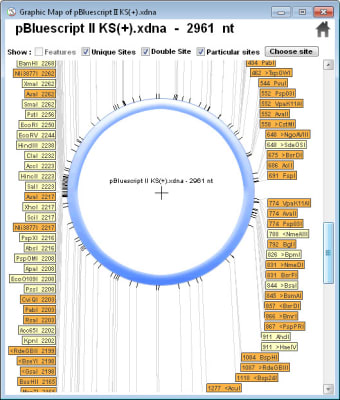

A project that was specially challenging to accomplish due to the vast diversity of surface protein coding genes intrinsic to T. cruzi, the first genomic sequence became available almost 15 years ago, marking an enormous accomplishment for neglected tropical diseases. The potential medical benefit attained from sequencing genomes of human pathogens cannot be undervalued. Although other factors appear to play a role in the severity of a given infection, identifying the given genetic background of the parasite in a given human infection is crucial for further understanding of the disease. The characterization of this parasite’s diversity is essential, since a correlation of the pathology of the infection with the genetic background of the parasite has been reported. cruzi DTUs presently circulating in nature. There can be as much as a 20–40% difference in genome content among some phylogenetic groups, which highlights the potential biological differences among the different T. To date, three of the four monophyletic clades are represented in the annotated genomes sequenced. However, stringent phylogenetic analyses can reduce this classification system into three or four monophyletic clades, depending on the MM used (three with mitochondrial loci and four with nuclear loci) ( S1 Table). The genetic diversity of this mostly asexual parasite is classified into what is known as discrete typing units (DTUs), labeled I to VI, with a recent seventh genetic lineage termed TcBat. In addition to the nature of the test, the genetic background of the parasite needs to be considered. The development of “direct” diagnostic tests, like a PCR targeted at amplifying T. Some of these are considered “indirect” tests because they do not directly detect the presence of the parasite, but rather detect the presence of antibodies, which cannot discriminate among cases where the host immune system might have neutralized the pathogen. However, several alternative diagnostic procedures have been developed (xenodiagnosis, blood smears, strout, microstrout, microhematocrit, hemoculture, PCR, and quantitative PCR ), since the standard diagnosis continues to be inaccurate. However, this number is challenging to assess, given the limited amount of data, inefficient public health systems.Ĭurrently, the World Health Organization (WHO) considers direct parasitological tests of blood smears for the acute phase and any two different serologic tests (enzyme-linked immunosorbent assay, indirect immunofluorescence, and/or indirect hemagglutination) for the chronic phase to be the standard diagnostic practices for the infection, as a result of the lack of a gold-standard test. The disease is currently estimated to affect approximately 6 million people. However, recent studies have found autochthonous cases of infection in the southeastern United States. The disease is mostly considered to be endemic to Latin America, where the parasite is usually transmitted by its vector-mediated transmission or via the oral path of transmission. The pathology associated with the infection consists of two stages: an acute phase (the first 2–3 weeks of infection) characterized by high parasitemia and a chronic phase (10–30 years after infection) defined by low parasitemia and syndromes mostly associated with heart failure, megacolon, and megaesophagus. No vaccine has been developed for this infection, and the two drugs available to treat it are of limited use and may present severe secondary effects. Trypanosoma cruzi is the etiological agent of American trypanosomiasis, also known as Chagas disease.
#Alternative to serial cloner full#
Funder full name: Consejo Nacional de Ciencia y Tecnología URL: The funders had no role in study design, data collection and analysis, decision to publish, or preparation of the manuscript.Ĭompeting interests: The authors have declared that no competing interests exist. This is an open access article distributed under the terms of the Creative Commons Attribution License, which permits unrestricted use, distribution, and reproduction in any medium, provided the original author and source are credited.ĭata Availability: All relevant data are within the paper and its Supporting Information files.įunding: CAFL: received a grant of Problemas Nacionales, CONACYT, Mexico. Received: Accepted: JPublished: August 4, 2020Ĭopyright: © 2020 Rivas-García et al. PLoS ONE 15(8):Įditor: Ruslan Kalendar, University of Helsinki, FINLAND

Citation: Rivas-García L, Carballo-Amador MA, Flores-López CA (2020) Design of a AFLP-PCR and PCR-RFLP test that identify the majority of discrete typing units of Trypanosoma cruzi.


 0 kommentar(er)
0 kommentar(er)
